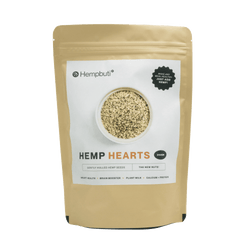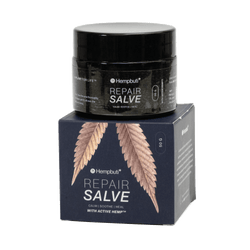A five‑sentence correspondence in a top medical journal told clinicians addiction was “rare” in patients treated with narcotics, and the citation echo that followed helped reframe opioid risk, normalize long‑term prescribing, and widen exposure at national scale. With aggressive marketing and policy shifts layered on, prescriptions and potency rose together while overdose deaths mounted, revealing how a permissive narrative—however unintended—can become public health tinder.
The spark that spread
In 1980, the New England Journal of Medicine published “Addiction Rare in Patients Treated with Narcotics,” later cited hundreds of times and repeatedly misused to downplay dependency risk in chronic opioid therapy. A bibliometric review showed citation surges tracking with the U.S. introduction of OxyContin, reinforcing a low‑risk storyline that seeped into protocols and continuing education.
The letter’s brevity disguised its eventual influence, as sustainability of benefit in persistent pain was never established even while exposure accelerated. By 2012, pharmacies filled 289 million opioid prescriptions, in a country of roughly 320 million people, while evidence for long‑term efficacy remained limited and side‑effect burdens—respiratory depression, endocrine disruption, and dependence—were increasingly visible.
How the system shifted
Concurrent forces amplified the citation’s impact: manufacturers built speaker bureaus, trainings, starter coupons, journal ads, and branded trinkets; fee‑for‑service coding nudged practice toward procedures and scripts; and “pain as the fifth vital sign” rewarded rapid score reductions over durable function. Purdue Pharma and three executives ultimately pled guilty in 2007 to misleading claims on OxyContin’s risks, yet the prescribing paradigm they helped popularize had already matured.
Enforcement later cut “pill mills,” but supply and demand simply re‑routed, while reformulations and regulatory moves arrived slower than potency on the street. Meanwhile, naloxone remained critical in the field, often required in multiple doses for potent analogs, just as market prices spiked and strained local budgets.
The numbers beneath the story
About a third of Americans live with chronic, stubborn pain, a reality that made “quick relief” seductive even when results faded at scale. Estimates in Chapter 1 place more than ten million people using prescription opioids nonmedically and roughly two million meeting criteria for an opioid use disorder, with pharmaceutical opioids acting as a frequent gateway to heroin for many.
Deaths from opioid overdoses surpassed a hundred per day, cutting across class, geography, and profession while synthetics like fentanyl and carfentanil collapsed dosing margins from minutes to seconds. Carfentanil’s veterinary use for elephants and human lethality in micrograms illustrate why illicit mixtures defy safe measurement and why responders often exhaust naloxone supplies on a single scene.
Comparison table
| Era | Practice shift | Outcome |
|---|---|---|
| Pre‑1980 | Acute use after injury, surgery, or end‑of‑life; strong concern for addiction. | Lower long‑term exposure, fewer iatrogenic dependency loops. |
| Post‑letter/1990s | “Addiction rare” narrative plus marketing; pain reframed; fee‑for‑service inertia. | Expanded prescribing with limited chronic efficacy, rising OUD and overdose. |
| 2000s–2010s | Crackdowns, reformulations, synthetic surge. | Street potency jumps, response windows shrink, fatalities stay high. |
What to remember
A scientific‑sounding reassurance can outgrow its evidence, especially when it aligns with incentives and genuine clinical empathy for suffering. Sustainable relief for persistent pain requires whole‑person strategies, not just higher potency or faster score drops.
Looking for an alternative click to Book a Free consultation








